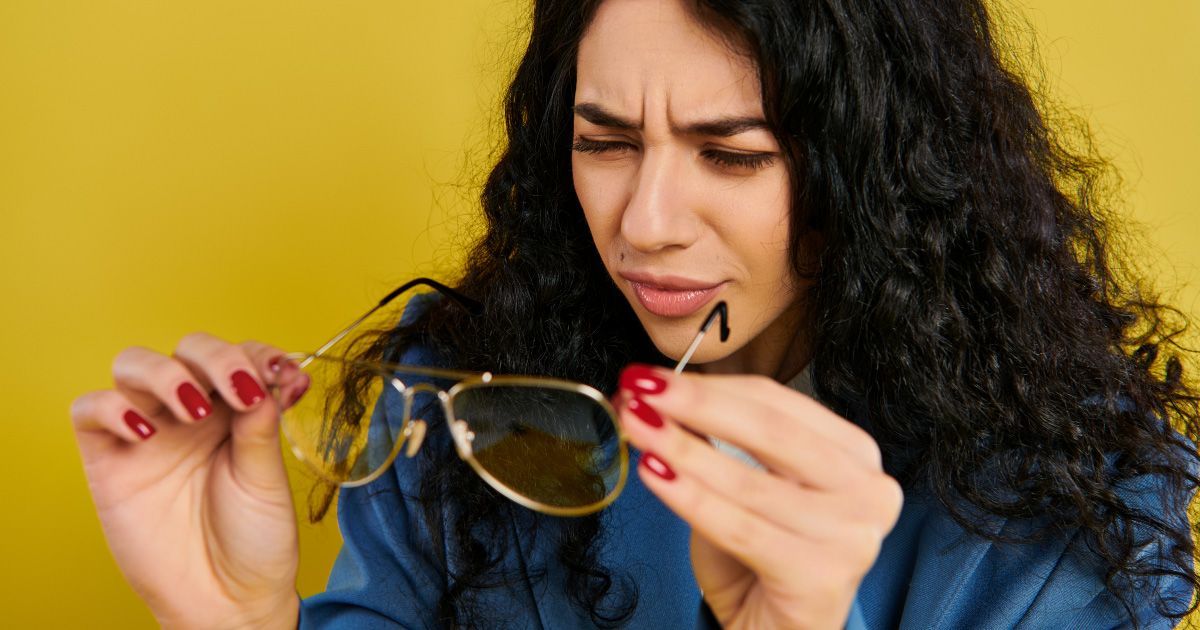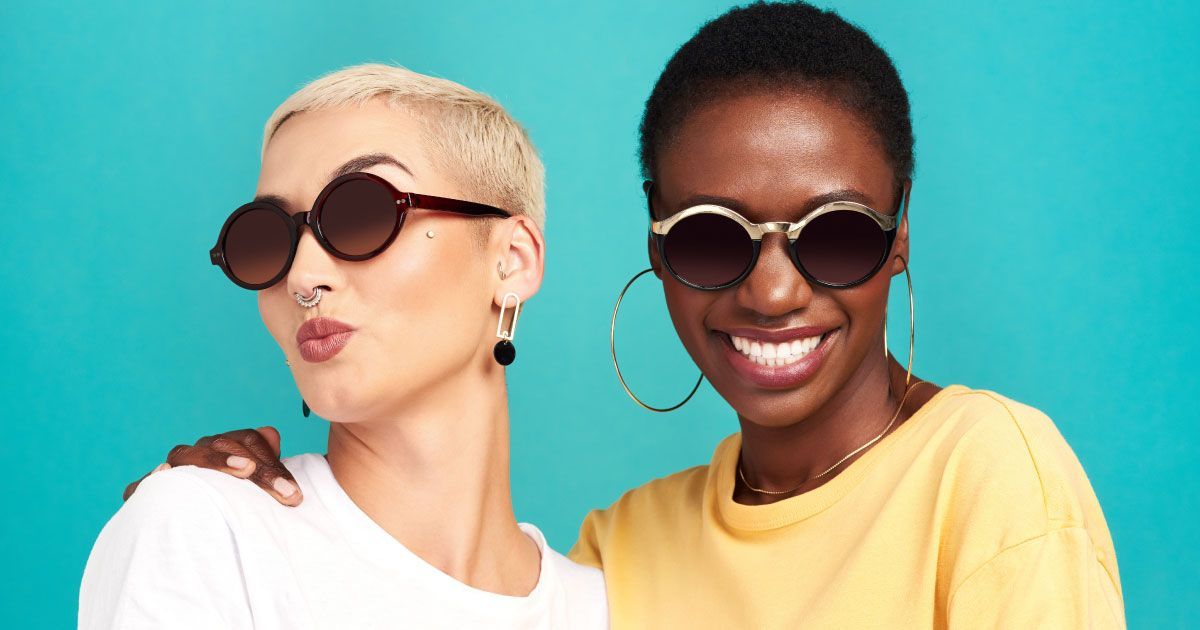Vision Quest: Unusual and Surprising Facts About Eyesight Around the World

Read time: 6 minutes
Eyesight varies greatly around the world, offering a fascinating glimpse into how we see and interpret our surroundings. From genetic traits to cultural beliefs, many factors influence our vision. Some people have unique eye colors that are rarely seen, while others hold diverse myths and traditions about eyesight.
Advancements in eye care technology also differ globally, highlighting how various countries tackle vision problems. From advanced surgeries to simple but effective solutions, the approach to eye care can be vastly different depending on where you live. Understanding these advancements can open our eyes to new possibilities and treatments.
Additionally, many cultures have interesting practices and customs related to eyesight, reflecting their unique perspectives and values. By exploring these unusual and surprising facts, we can learn more about the wonders of vision and how it shapes our experiences. Join me on this vision quest to uncover the secrets and stories behind eyesight from around the world.
Unique Eye Colors Around the World
Eye color varies significantly across different populations, making it an intriguing aspect of human diversity. While brown eyes are the most common globally, several other unique eye colors can also be found. Green eyes, for example, are among the rarest, especially prevalent in people of Celtic and Germanic ancestry. Green eyes result from a combination of low melanin and a yellow pigment called lipochrome, creating that distinctive hue.
On the other hand, parts of Northern and Eastern Europe see a higher occurrence of blue eyes. Blue eyes result from a lack of pigment in the iris and the scattering of light. This genetic trait is particularly frequent among populations in countries like Estonia and Finland. Some areas even have a majority of blue-eyed individuals, making it a notable regional characteristic.
In some rare cases, people can have violet or even red eyes, often due to medical conditions or genetic mutations. Violet eyes are sometimes seen in individuals with albinism, where the lack of melanin allows light to reflect off blood vessels, giving a purple appearance. Similarly, red or pink eyes can occur when there is minimal pigment in the eye, causing light to reflect off blood vessels. Each unique eye color showcases the diverse genetic makeup of the human population, adding to the wonder of our visual capabilities.
Cultural Beliefs and Myths About Eyesight
Different cultures have their own beliefs and myths about eyesight, reflecting their unique perspectives and values. In some societies, eyes are considered windows to the soul, believed to reveal one's true character. For example, in many parts of Asia, people believe that eye shape and appearance can indicate personality traits. Almond-shaped eyes might be seen as a sign of wisdom, while large eyes may suggest kindness.
Various cultures also have superstitions about protecting eyesight. In Greece, some people believe that wearing a blue bead can ward off the evil eye, which is thought to bring bad luck or harm. Similarly, in parts of the Middle East, it's common to see the hamsa symbol, a hand with an eye in the center, used to protect against negative energies and safeguard one's vision.
Myths about foods and their impact on vision are common too. Many cultures have traditional remedies said to improve eyesight. For instance, in India, it's believed that eating carrots can enhance vision due to high levels of vitamin A. While there's some truth to this, such beliefs often take on a life of their own, becoming deeply rooted cultural practices.
These cultural beliefs and myths highlight the importance placed on eyesight across different societies. They reflect a shared understanding of vision's critical role in our daily lives. Whether through symbolic protection or dietary practices, these traditions emphasize the universal value of seeing clearly.
Technological Advances in Eye Care Globally
Technological advances in eye care have revolutionized how we diagnose and treat vision problems. In many parts of the world, new technologies are making eye care more accessible and effective. One major development is LASIK surgery, a popular procedure that corrects vision by reshaping the cornea. This technology has given millions of people the chance to improve their eyesight with minimal recovery time.
Another significant advancement is the use of telemedicine in eye care. Remote consultations allow doctors to reach patients in remote or underserved areas. Through video calls and specialized apps, eye care professionals can conduct exams and provide guidance without needing an in-person visit. This has proven essential in increasing access to eye care, especially in rural regions.
Innovations in diagnostic tools also play a crucial role. Devices like optical coherence tomography (OCT) provide high-resolution images of the retina, helping doctors detect diseases like glaucoma and macular degeneration early. Early detection means better management and treatment, reducing the risk of severe vision loss.
Countries all over the world are adopting these technologies, making eye care more efficient and widespread. The blend of surgical techniques, remote care, and advanced diagnostics shows how technological advancements benefit people globally. It offers a brighter future for individuals needing eye care and highlights the universal importance of maintaining healthy eyesight.
Interesting Eye-Related Traditions and Practices
Different cultures have fascinating traditions and practices related to eyesight. These customs often reflect deep-rooted beliefs and are passed down through generations.
- In some parts of Africa, children are taught to use sand to cleanse their eyes, a practice thought to ward off infections. While modern medicine may not support this method, it shows how cultural practices aim to protect eye health.
- In Japan, there is a traditional practice called "hitai-ate" where a band is tied around the forehead to enhance focus and eyesight. This method is often used by students and professionals striving for better concentration. While the scientific basis might be unclear, the cultural significance is strong and meaningful.
- In parts of South America, it is customary to use herbal remedies for eye health. For instance, extracts from certain plants are believed to relieve eye strain and improve visual clarity. These natural treatments are part of larger holistic approaches to health, showcasing how different cultures prioritize eye care within their medical traditions.
- Traditional eye exercises are another practice seen worldwide. Activities like focusing on distant objects, eye rolling, and blinking exercises are thought to improve eye flexibility and strength. These exercises are simple and rooted in the belief that consistent practice can lead to better vision.
These diverse practices offer a glimpse into how cultures around the world value and protect their eyesight. They highlight the universal need to care for our eyes and the unique ways different societies approach eye health.
The Takeaway
Exploring unusual and surprising facts about eyesight around the world helps us appreciate the rich diversity in how different cultures view and care for their vision. From unique eye colors to myths, technological advancements, and interesting traditions, every aspect reveals something fascinating about our global community.
At Urban Optiks Optometry, we believe in the importance of clear and healthy vision for everyone. If you're curious to learn more about your eyesight or need professional care, visit us in San Diego.
Your vision health is our priority, and we're dedicated to helping you see the world more clearly. Schedule an appointment with Urban Optiks Optometry today and discover the best eye care solutions for you.
Share this blog post on social or with a friend:
The information provided in this article is intended for general knowledge and educational purposes only and should not be construed as medical advice. It is strongly recommended to consult with an eye care professional for personalized recommendations and guidance regarding your individual needs and eye health concerns.
All of Urban Optiks Optometry's blog posts and articles contain information carefully curated from openly sourced materials available in the public domain. We strive to ensure the accuracy and relevance of the information provided. For a comprehensive understanding of our practices and to read our full disclosure statement, please click here.


















